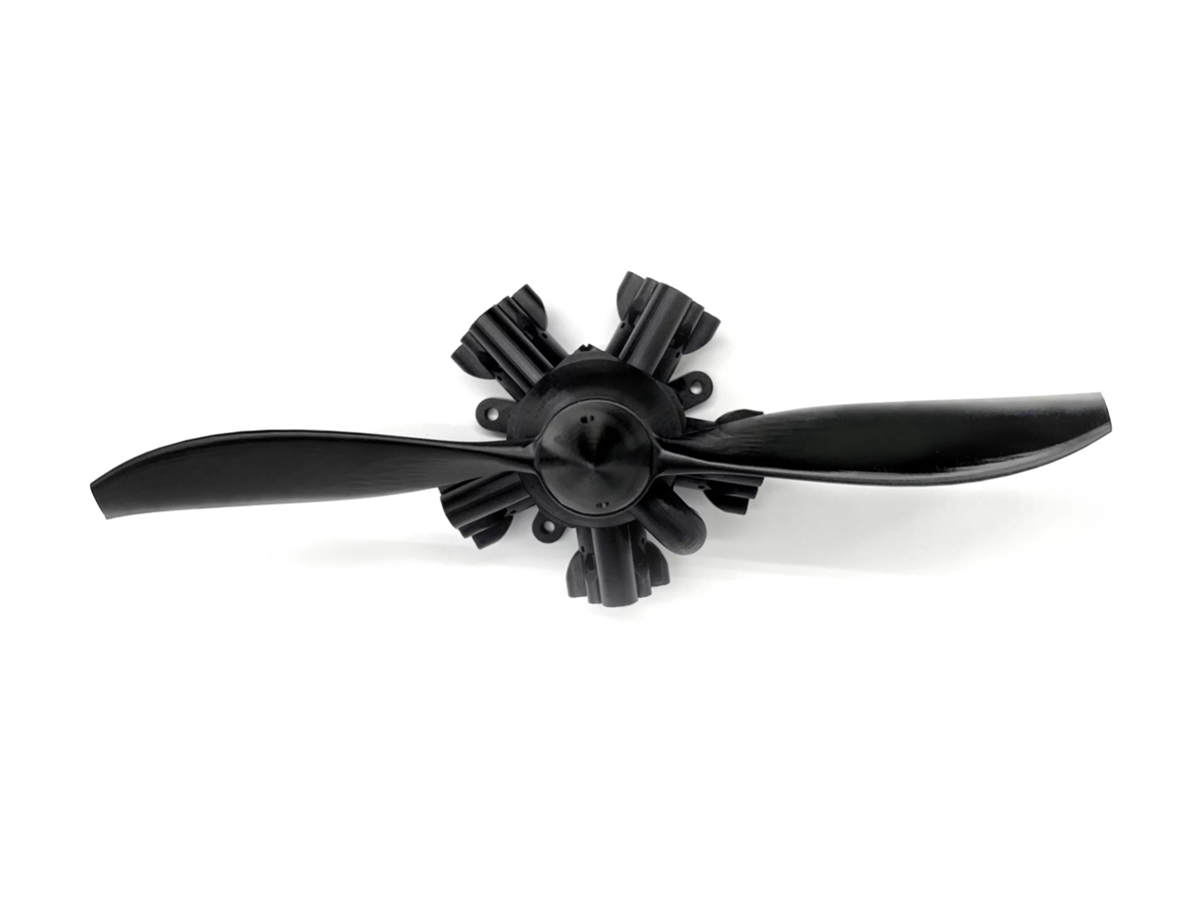Rapid Product Development Accelerated By Smooth And Detailed Resin 3D Printed Prototypes
Introduction
Resin 3D printing accelerates product development cycles by delivering ultra-smooth, high-detail prototypes that allow faster design validation, functional testing, and market readiness. Using advanced resin 3D printing technologies like Stereolithography (SLA) and Digital Light Processing (DLP), premium resin materials such as Standard Resin, Tough Resin, and Durable Resin enable companies to move from concept to testing phase more quickly and efficiently.
Compared to traditional prototyping methods, resin 3D printing for rapid prototyping offers superior surface finishes, high geometric accuracy, and faster iteration, minimizing product development timelines and costs.
Applicable Material Matrix
Material | Surface Finish Quality | Tensile Strength (MPa) | Toughness | Dimensional Accuracy | Prototyping Suitability |
|---|---|---|---|---|---|
Excellent | 50–70 | Moderate | ±0.03–0.05 mm | Visual and concept prototypes | |
Very Good | 55–65 | High | ±0.03–0.05 mm | Functional prototypes | |
Good | 45–55 | Very High | ±0.05 mm | Flexible mechanical parts | |
Very Good | 80–100 | Moderate | ±0.05 mm | Heat-resistant prototype parts | |
Excellent | 50–65 | Moderate | ±0.03–0.05 mm | Visual clarity prototypes |
Material Selection Guide
Standard Resin: Perfect for producing high-detail visual prototypes for early design verification, ergonomics testing, and stakeholder presentations.
Tough Resin: Adds toughness for functional prototypes requiring light mechanical loads, snap-fit testing, or assembly trials.
Durable Resin: Best for creating flexible prototypes, like snap fits, living hinges, or soft-touch components that require repetitive movement.
High-Temperature Resin: Suitable for prototypes of components that will experience elevated temperatures during testing or limited functional validation.
Transparent Resin: Ideal for developing clear parts like light guides, lenses, and fluidic prototypes requiring optical clarity.
Process Performance Matrix
Attribute | Resin 3D Printing Performance |
|---|---|
Dimensional Accuracy | ±0.03–0.05 mm |
Surface Roughness (As-Printed) | Ra 2–6 μm |
Layer Thickness | 25–100 μm |
Minimum Wall Thickness | 0.5–1.0 mm |
Feature Size Resolution | 100–300 μm |
Process Selection Guide
Smooth Surface Finishes: SLA and DLP technologies deliver ultra-smooth surfaces, ideal for cosmetic prototypes or parts destined for molding, painting, or presentation.
Fine Detail and Complex Geometry: Easily reproduce intricate features such as logos, micro-textures, complex internal structures, and undercuts.
Rapid Design Iteration: Fast turnaround allows teams to revise, reprint, and optimize designs within hours instead of weeks.
Early Functional Testing: Tough and durable resins support basic mechanical, fit, and assembly testing before committing to final production tooling.
Case In-Depth Analysis: SLA 3D Printed Consumer Product Housing for Wearable Tech
A wearable technology startup needed rapid prototypes of a new fitness tracker housing to validate ergonomics, assembly fit, and aesthetics. Using our resin 3D printing service with Standard Resin, we produced high-detail enclosures with ±0.03 mm dimensional accuracy and ultra-smooth finishes. Multiple design iterations were completed within two weeks, allowing rapid feedback cycles. Post-processing included sanding, priming, and painting to simulate production finishes for investor presentations.
Industry Applications
Consumer Electronics
Enclosures for smartphones, wearables, smart home devices.
Functional concept prototypes for early-stage validation.
Automotive Development
Interior parts, dashboard components, and control systems prototypes.
Fitment and ergonomic testing models.
Medical Devices
Diagnostic equipment housings and handheld device prototypes.
Test models for surgical instruments and wearable health monitors.
Industrial Design and Engineering
Functional mechanical prototypes.
Rapid tooling for small-run testing and verification.
Mainstream 3D Printing Technology Types for Resin Prototyping
Stereolithography (SLA): Best for ultra-smooth, highly detailed aesthetic and ergonomic prototypes.
Digital Light Processing (DLP): Ideal for small, precision prototypes with excellent surface quality.
FAQs
What resin materials are best for 3D printed product prototypes?
How does resin 3D printing accelerate rapid prototyping and product development?
Can resin 3D printed prototypes be used for mechanical and functional testing?
What post-processing techniques enhance the appearance of resin prototypes?
How does SLA resin 3D printing improve surface finish and detail accuracy in prototypes?

